![]()
Think of Victorian England and images of cobbled streets, horse drawn carriages, mills and towering chimneys come to mind and of course, gas lamps flickering through the swirling fog that always seemed to linger much longer during the latter end of each year and into the New Year due to the wetter conditions and stillness of the air.
The North West of England had encountered such thick fog during the second week of January 1888, causing four days of unprecedented havoc in many places and in Liverpool and Manchester it practically brought the canals and other sea faring traffic to a standstill. In Yorkshire, many pits struggled as colliers had to walk long distances just to get into work, leaving many of them with fewer hands to do a day’s work leading to great financial losses.
In Accrington, a steam tramcar ran into a shillibeer (a horse-drawn coach) on a road close to Haslingden, smashing it into bits and leaving one horse badly injured. Fortunately, no persons where on the carriage at the time of the collision.
Meanwhile, over in Clitheroe, traffic was impeded to such an extent that delays on the railway lines where inevitable and in the streets, several accidents had occurred.
But for this story, we are travelling into Hapton a relatively small village which is situated just three miles west of Burnley and to the events that occurred on Thursday, 12th October 1888.
After arriving within the train station at Accrington, the Todmorden express, driven by James Johnson departed shortly around 6.37pm before making its way towards to Huncoat. Traversing through the dense fog, Johnson managed to sustain a relatively good speed and having arrived at Huncoat on time, he pulled up by a signal where he would wait for around two minutes before being signaled forwards to make his way over to Hapton which was situated around 2 miles away and in the direction of Burnley.
His approach towards Hapton Station was a relatively normal one, albeit for the fog, and as he made his way closer to the station, he distinctly noticed all of the signals where lit up white, clearing the way through. Unaware of the impending danger in front of him, Johnson maintained his speed as the express train passed through Hapton.
Ahead of him was a Miles Platting goods train that had passed through only minutes earlier and which was standing on the main line. The driver, Walter Haywood, had been told by George Goodwin, pointsman – who was in charge of the signal box, to pass through and move a few hundred yards further up the line until he arrived at the points that fed onto a siding where he could then reverse the goods train back and thus into a safe location as to allow the express train to pass by safely. However, it seems he missed the points and stopped slightly ahead of them. The guard of the train, James Thomas Hill, made his way out and began to walk down the line so he could direct Haywood into shunting the train backwards and onto the sideline.
Unfortunately, and just like James Johnson, driver of the express train, he was also unaware of the danger that was quickly approaching.
Making his way down the line, Hill met up with Joshua Garsden, a porter from Hapton Station who had been asked by Goodwin to help with shunting the Miles Platting train onto the sidings. Here, Hill asked Joshua if the points had been moved to which Joshua replied saying he didn’t know as it was too foggy to see as he wasn’t carrying a lamp.
Joshua then seemingly went back down the line, checking for the points whilst Hill made his was back up to speak to the driver, Haywood, and to get their train moving onto the sidings.
It was too late.
James Johnson, driver of the Todmorden express train had already hit a speed that was reportedly anywhere between 30mph and 40mph and by the time the lights of the goods train became visible through the fog, both trains collided sending debris and fragments hurtling into the night air.
The hind truck of the goods train was smashed to pieces and several wagons that had been carrying coal telescoped into each other, hurling several of them off the lines. The buffers on the express train were broken off and an iron plate connected to them fractured due to the force of the impact.
Despite the frantic attempt of Johnson and aided by his stoker to apply pressure on the vacuum breaks, the express train was lifted off the track upon impact but fortunately was not thrown over, before eventually coming to a standstill.
You could perhaps use the word ‘luck’, and on this occasion luck was certainly on their side as the passengers on the express train where of limited numbers with around 20 people travelling but all spread sporadically throughout five carriages. Perhaps whilst the fog may have been the reason for the tragedy, it may have also been the reason why so little people had been travelling that evening.
The passengers of the express train nearest to the engine were thrown violently to the opposite side of the compartment to that of which they were seated and loud screams reverberated around along with the noise of the crash which accompanied the destruction of the carriages.
Most of the passengers suffered some form of injury, such as the Reverand W. Cunliffe, curate of Great Horton, near Bradford, who suffered a blow on the forehead which caused some serious swelling, as well as a deep cut to his lip.
Amazingly, one man who survived the incident was asleep on the seat in the front carriage that took the brunt of the impact. Ernest Holmes said he had laid down on the seat only minutes before the accident occurred and he believed that if he hadn’t he would surely have been killed. He sustained a nasty head wound as he was thrown to the opposite end of the compartment and having left the scene of the wreckage and despite feeling nauseous he still managed to walk to nearby Rosegrove Station.
A lady named Mrs. Utley, and two little girls who were accompanying her where shaking and trembling but otherwise unharmed.
Another lady by the name of Mrs. Thompson from Liverpool suffered from a slight cut or two but along with her two nieces and a servant, they were mainly shaken from the events and along with other passengers, they were taken into the waiting room at Hapton Station.
At first, it seemed everyone managed to escape from the carnage with nothing more than a few cuts and bruises, except for one man.
As all of the passengers had been accounted for, as well as the fireman, stoker and driver of the express train and Walter Haywood, driver of the goods train – one man was missing – James Thomas Hill.
A breakdown gang from Accrington was called for and in just under an hour they had arrived to begin the hard task of clearing the line. The lines would remain blocked throughout the night with trains being diverted along a loopline through Blackburn and Padiham. It would be around 8.00am the following morning before the line would be reopened.
The inquest into the accident took place at 10.00am on Monday 16th January at the Bridge Inn, Hapton and opened by Mr G.H. Robinson, coroner.
The inquiry would go into great detail as to the events that led up to the crash and Robinson would tell the jury that it was up to them to decide if all due care and precautions had been taken or whether any of the servants involved were guilty of negligence as to justify them returning a guilty verdict of manslaughter. This was a case of accident or manslaughter.
Walter Haywood, driver of the Miles Platting goods train, would testify that he had stopped at Hapton Station for around 4 or 5 minutes before setting off again, at around 6.27pm and that he had spoken to the pointsman (George Goodwin) who told him to draw level with the points and then back onto the sidings as another train was approaching and needed to pass.
It seems Haywood had missed the points and brought the goods train to a standstill. At this point, James Thomas Hill left the train to see what the issue was and Haywood then told him that they had to shunt their train onto the sidings. Hill replied, saying, “it’s very strange, he never said anything to me about it.”
Whilst all this was happening, Joshua Garsden, a porter from Hapton Station, had been sent up the line to help Haywood and Hill.
A discussion between Garsden and Hill took place and as Garsden went back down the line to check the points, it seems that he rang a signal bell twice to signal for the points to be opened to allow the goods train to go into the siding.
This signal, however, was misunderstood. The pointsman, who had already adjusted the points to enable the goods train to shunt onto the sidings, read it as “three beats” meaning “line clear” and concluding the train was in the sidings, he began to reverse the points thinking the goods train was now safely out of harm’s way.
As Hill made his way back up towards his van, the Todmorden Express had already passed through Hapton Station and its now that Hill became aware of the impending danger. He quickly turned on his lamp, a red light, and began frantically waving it towards the driver of the express.
It was too late and despite the best efforts of James Johnson and his stoker, they could do nothing to prevent the collision.
Johnson recalled seeing Hill being struck by flying debris and once all of the passengers had been accounted for, a search took place for Hill, with both sides of the lines being checked time and time again. It took around twenty-five minutes after the crash for the body of Hill to be found, lying at the bottom of an embankment close to the Leeds and Liverpool canal, his lamp lying next to him.
His left shoulder was badly mangled and several ribs where broken. His head and face were badly bruised with many cuts and abrasions. Thomas Hill’s body was removed under the direction of P.C. Bunting to the Bridge Inn to await the inquest.
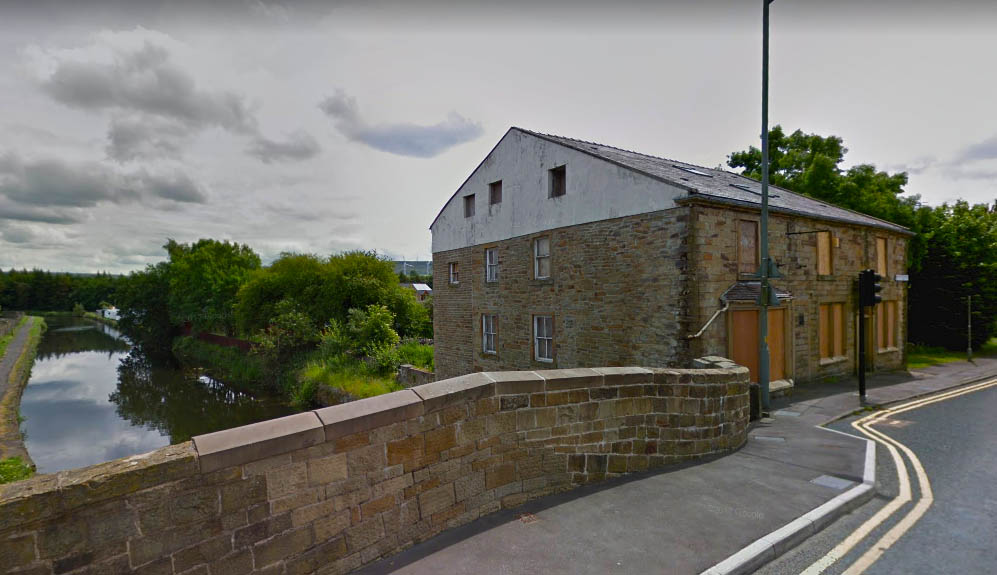
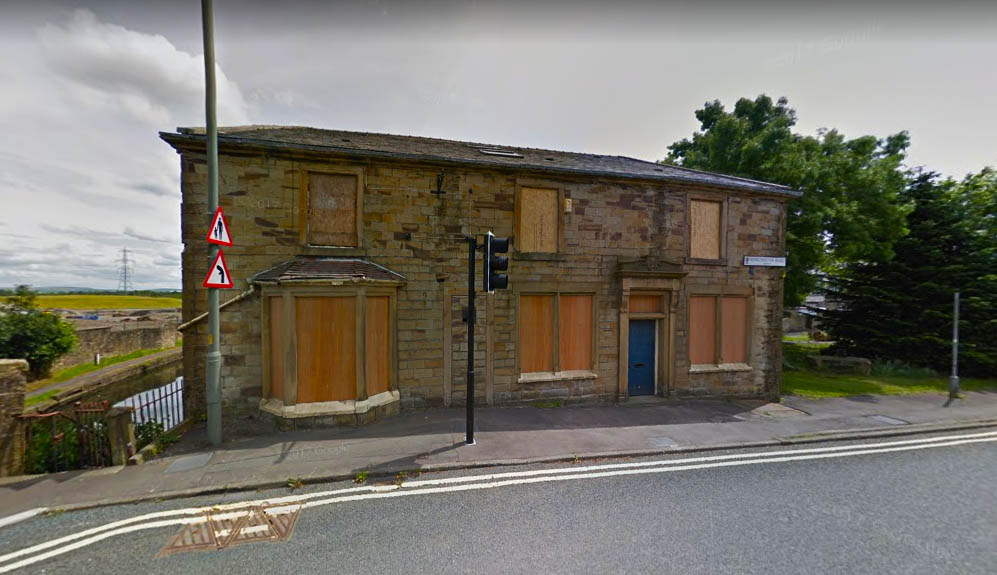
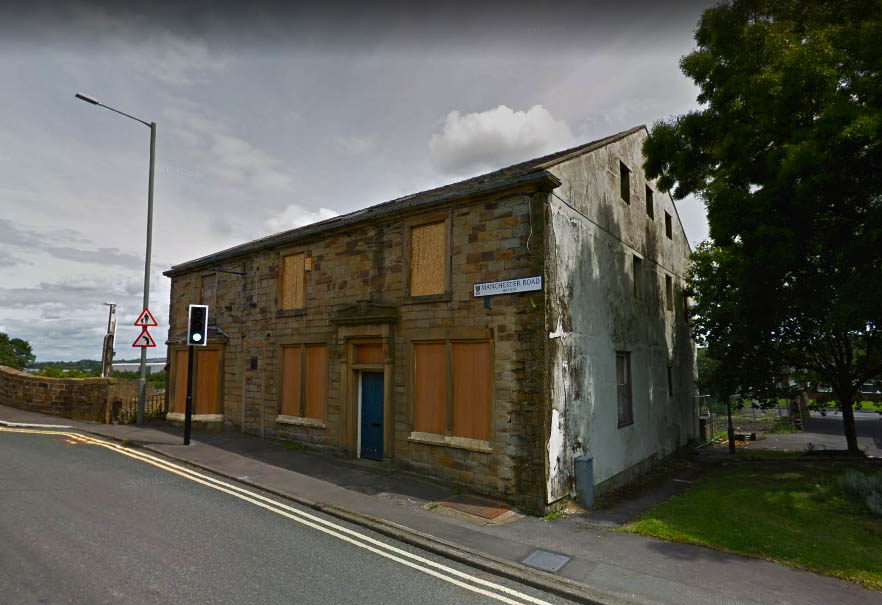
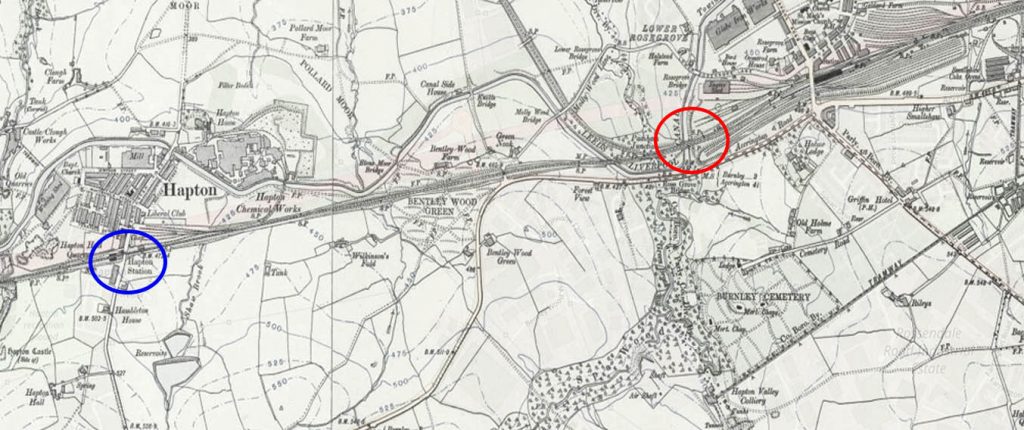
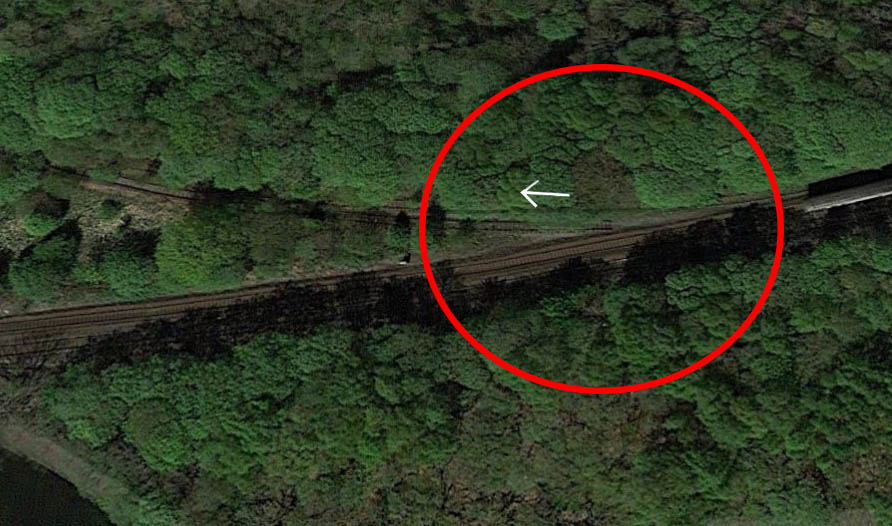
Sidings of which the goods train should have entered 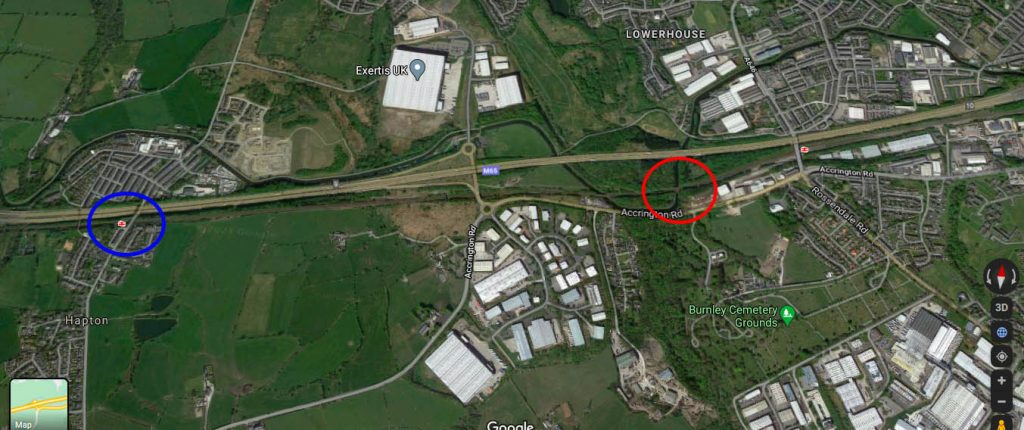
The coroner, in summing up, said the question was whether the pointsman understood Garsdens signal to be three rings, and whether Garsden gave three rings instead of two.
The jury, after a brief deliberation returned a verdict of “accidental death”, the Foreman remarking that the jury believed the pointsman took off the signal denoting “line clear” when under the impression that the goods train had passed into the sidings.
A sad twist of fate to this story is that George Goodwin, the pointsman behind the tragic events of that evening, had only been employed as such for three weeks, having previously been a porter. And when you factor in the horrendous weather conditions that had prevailed for a couple of days prior to and on the night of the incident, one could argue that misinterpretation and misreading of the signals could quite have easily happened even to the most experienced of pointsmen.

Rail Points 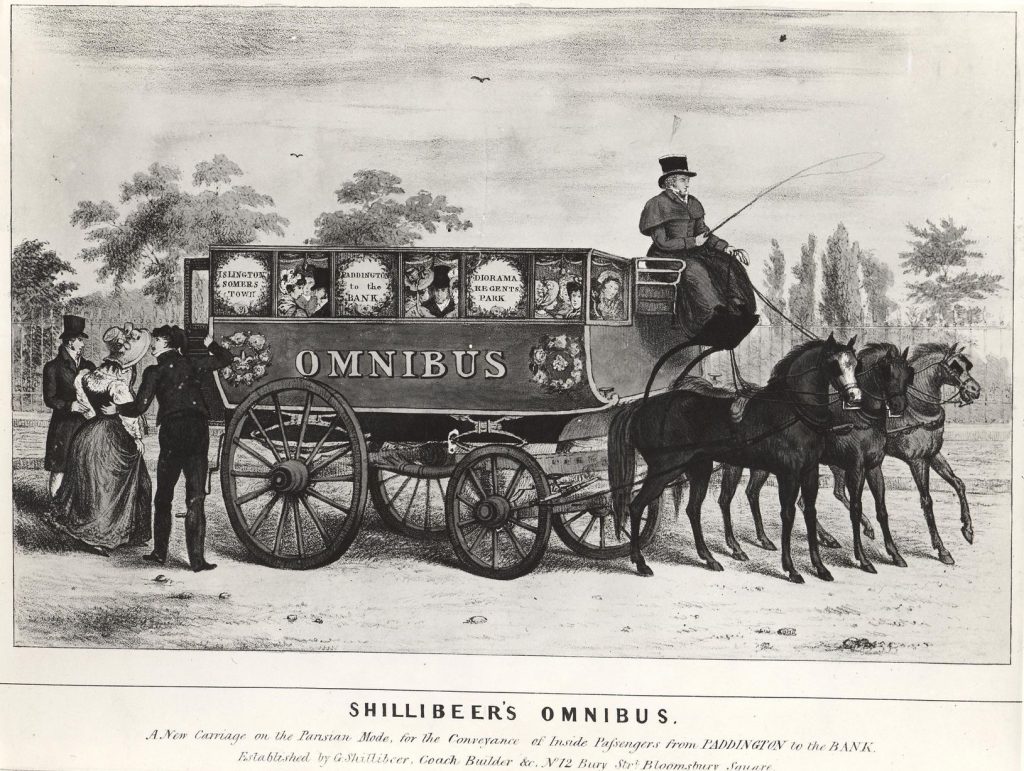
James Thomas Hill was 39 years old, married and lived within an area of Miles Platting in Manchester. As well as leaving a widow, he would also leave five children behind, with the youngest being just 1 year and six months old.
His body would be interred at Middleton Cemetery, Oldham on the 18th January 1888.

There are some photos contained on this page that I have tried to credit the original owners. If you are one of them, please contact me so I can add you to this article.
Sources used in this story;
Burnley Express – Saturday 14 January 1888
Lancashire Evening Post – Monday 16 January 1888
Blackburn Standard – Saturday 14 January 1888
Manchester Courier and Lancashire General Advertiser – Friday 13 January 1888
Manchester Times – Saturday 14 January 1888
+ many more courtesy of the British Newspaper Archive – www.britishnewspaperarchive.co.uk
Please follow me on social media;
Twitter – https://twitter.com/dohpods
Instagram – www.instagram.com/dohpods

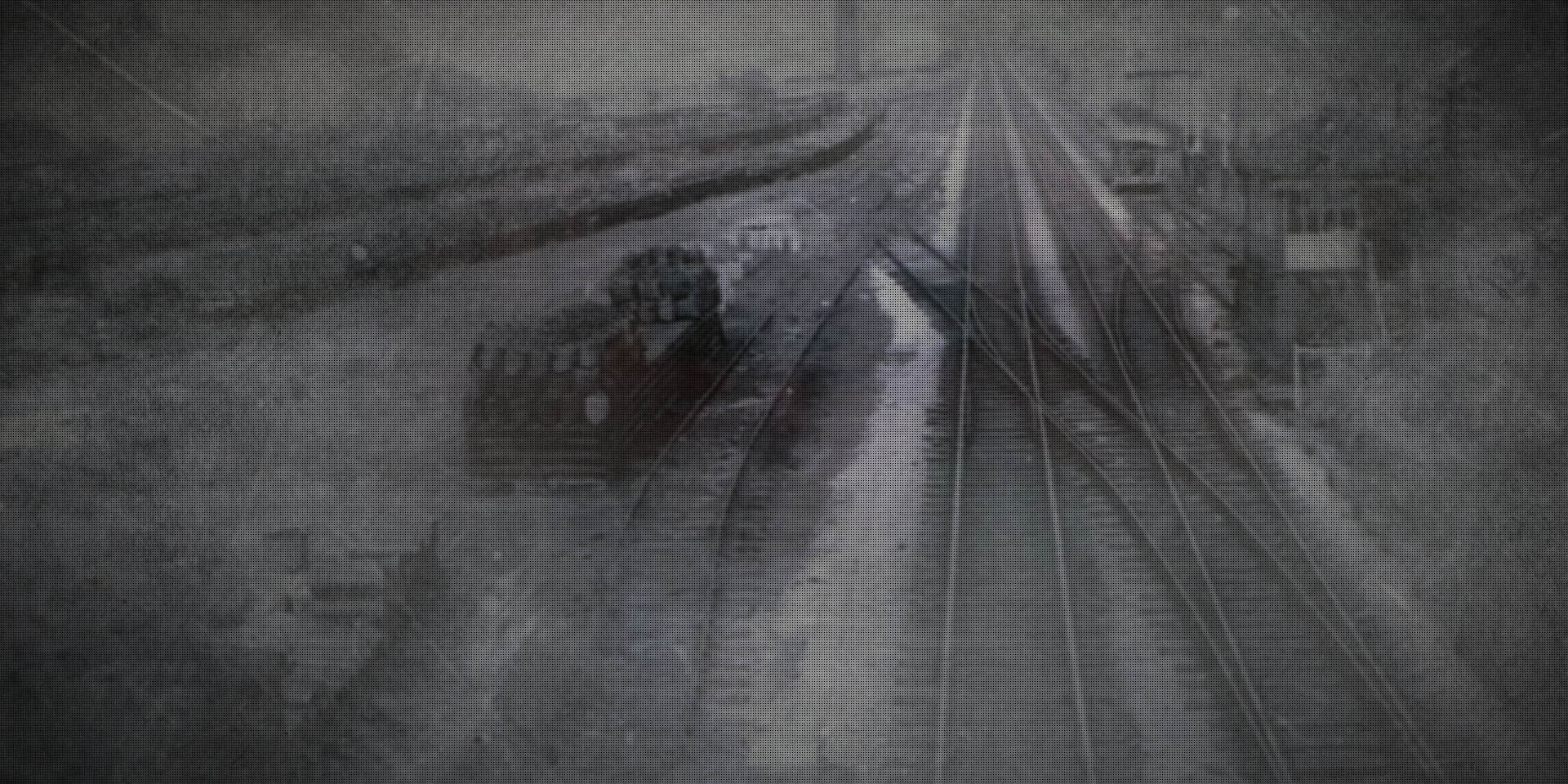
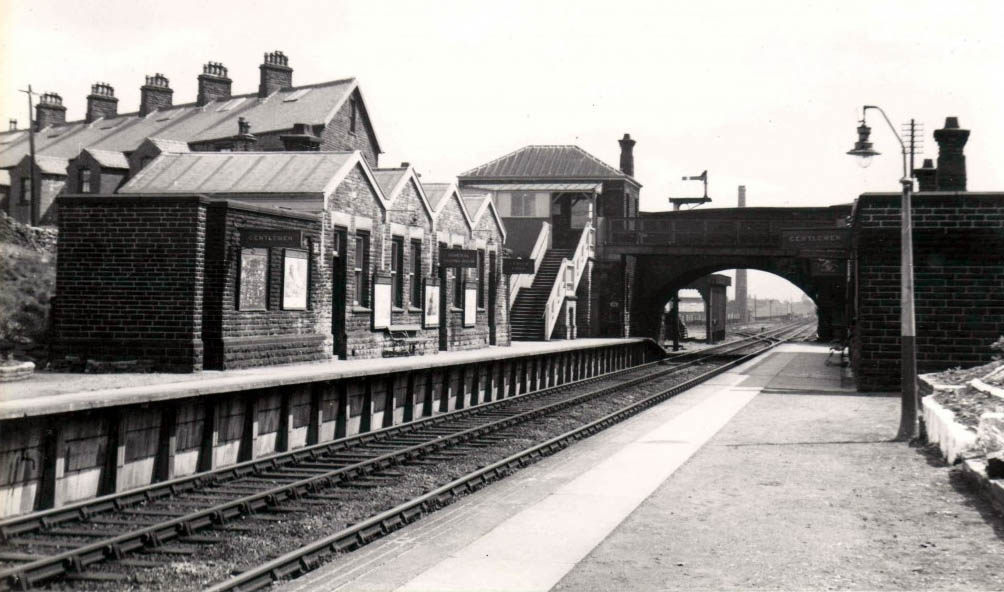
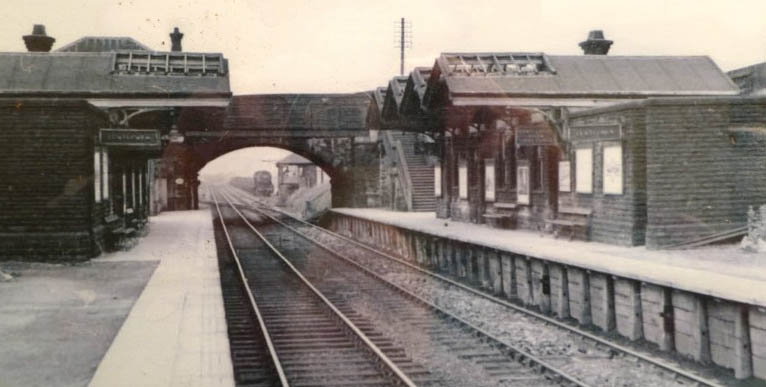
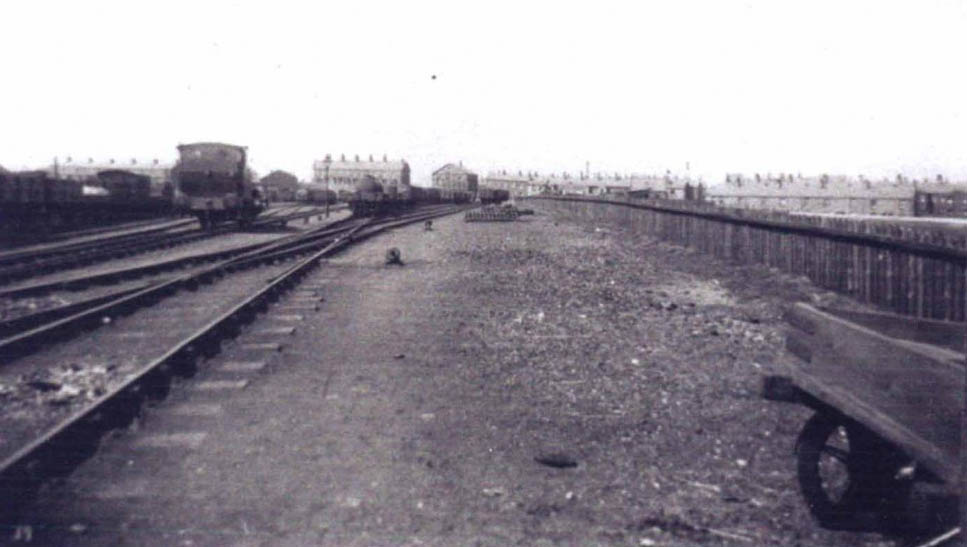
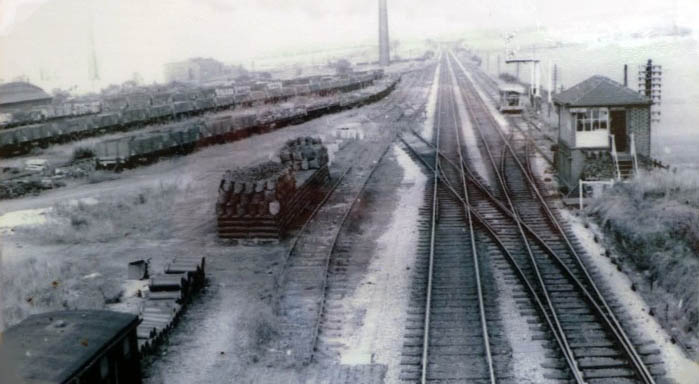
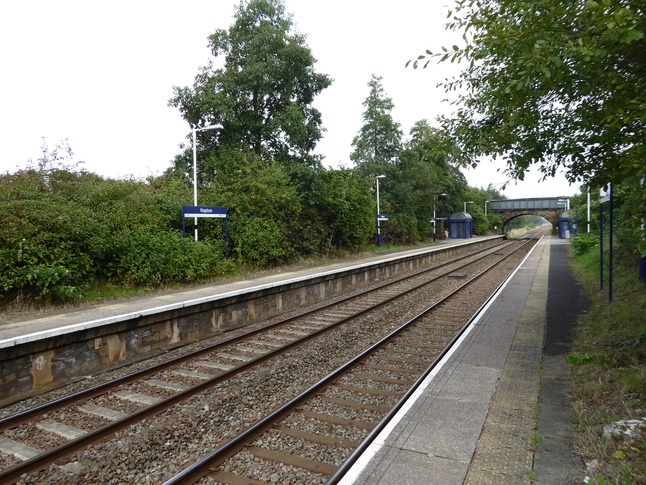
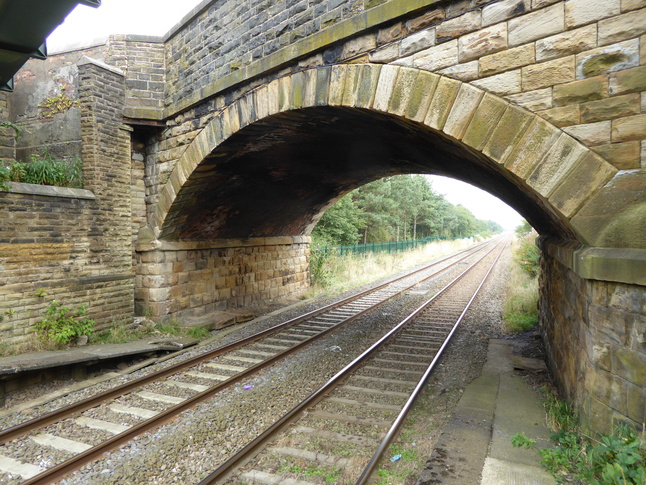
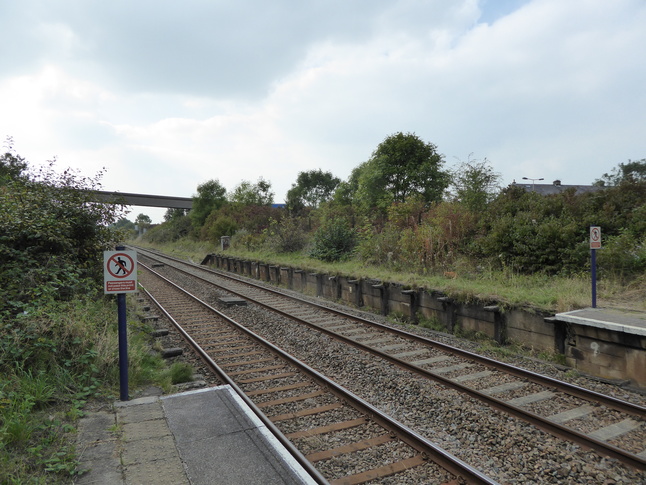
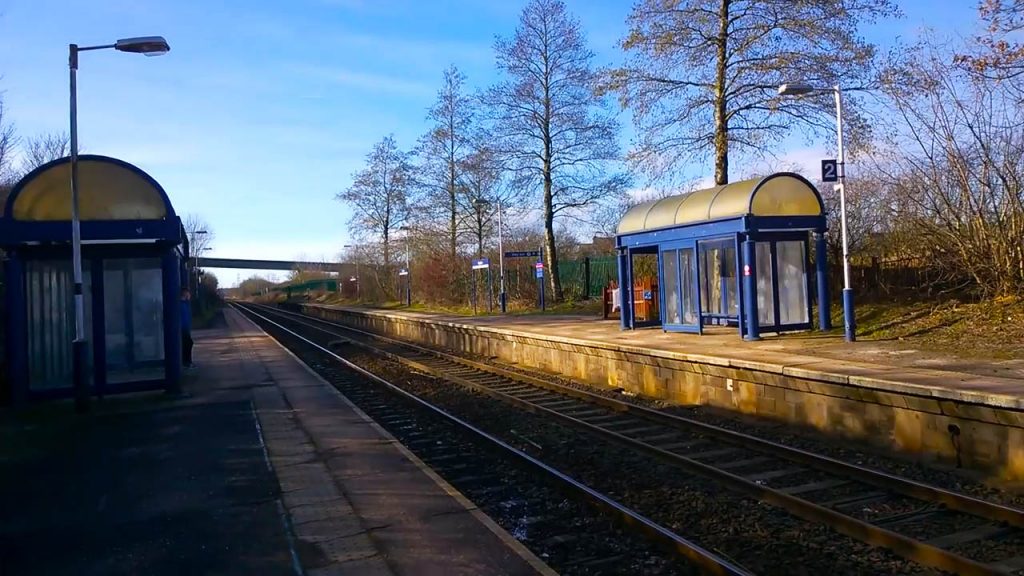
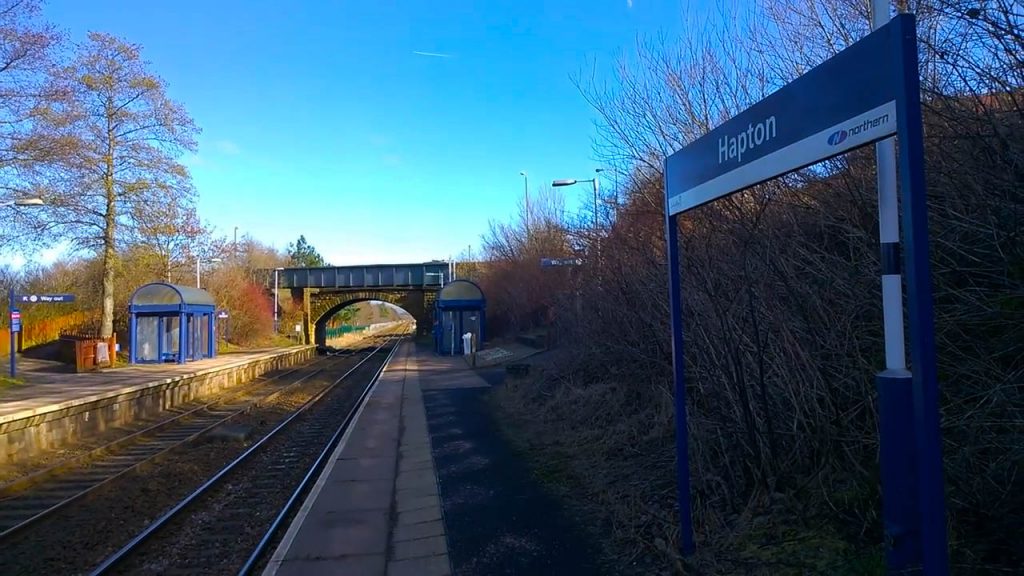
Leave a Reply